Introduction
Cats cannot speak our language, but their vocalizations convey nuanced messages. From soft, pleading meows to urgent yowls, each sound reflects a specific mood, need, or condition. Decoding these meows enhances communication and strengthens the cat-human bond.
1. Anatomy of a Meow
Frequency and Pitch: Higher-pitched meows often indicate excitement or greeting; lower-pitched meows can signal irritation or discomfort.
Duration and Repetition: Short, single meows may be simple greetings, while repeated meows can express persistence or urgency.
Tone and Intensity: Soft, melodic tones typically show contentment; loud, harsh tones suggest distress.
2. Common Meow Variations and Their Meanings
Greeting Meow (“Hello”): Brief, high-pitched meow when you enter a room or pass by. It’s friendly and says “Hey, I see you.”
Demanding Meow (“Feed Me”): Repetitive, insistent, often mid-pitch meows near food bowls. Paired with standing by the kitchen, it indicates hunger or anticipation of feeding time.
Pleading Meow (“Pet Me”): Soft, almost pleading, sometimes combined with rubbing against legs. Signals desire for attention or affection.
Chirpy Trill (“Let’s Play” or “Look”): A combination of purr and meow, often used by kittens or when directing attention to something (e.g., birds outside). Encourages interaction.
Yowl or Caterwaul (“Mating Call” or “Stress”): Long, drawn-out, mournful meow typically heard during mating season in unspayed cats. In neutered adult males or females, a yowl can indicate stress, disorientation, or territorial disputes.
Low-Pitched Growl-Like Meow (“Warning” or “Aggression”): Deep, guttural meows with a growl component signal irritation, fear, or readiness to defend territory.
Silent Meow (“Attention-Seeking”): Mouth opens as if meowing but without sound. Often used by cats to politely request something without startling you, typically reserved for those with strong bonds.
3. Contextual Cues to Combine with Vocalizations
Body Language: Ears forward or relaxed indicate positive intent; flattened ears or dilated pupils accompany distressed or aggressive meows. Tail posture (upright, twitching, lashing) provides additional emotional context.
Situation and Timing: A cat meowing near the litter box may be signaling a need to go outside or a litter box issue; meowing by the door often means “Let me in/out.”
Interaction Patterns: Cats that meow only during specific interactions (e.g., before feeding or during play) link vocalizations to learned outcomes.
4. Identifying Abnormal Meowing
Excessive Meowing: Cats generally meow more for humans than for other cats. If vocalizations intensify without clear triggers, consider medical issues: hyperthyroidism, hypertension, cognitive dysfunction, or pain.
Nighttime Yowling: Older cats with cognitive dysfunction syndrome (CDS) often wander and vocalize at night due to confusion. Environmental enrichment and regular feeding schedules may reduce nighttime meows.
Adjusted Volume or Timbre: A rough or weak-sounding meow may signal laryngitis, an upper respiratory infection, or dental problems. Veterinary evaluation is recommended if meowing changes suddenly.
5. Responding Appropriately to Different Meows
Reinforce Positive Vocalizations: When your cat greets you or requests gentle petting, reward with attention.
Ignore Attention-Seeking Yowls: If meowing is merely to induce play or feeding outside scheduled times, avoid reinforcing by waiting until a more appropriate moment. Consistency discourages demanding behavior.
Address Underlying Needs: Feed a meowing pet if it’s near mealtime. Clean the litter box if meows coincide with elimination behaviors. Provide play or scrapings if meowing near a window.
Provide Safe Spaces: For distressed or territorial meows, identify and remove stressors (new animals, loud noises). Offer hideaways such as covered beds or elevated perches.
6. Training and Communication Strategies
Cue Training: Teach your cat to associate a specific sound (e.g., bell or clicker) with treats, gradually encouraging them to respond to your cues instead of excessive meowing.
Scheduled Attention and Play: Set designated play or cuddle times to meet your cat’s social needs. Cats often meow for interaction; consistency helps reduce random vocalization demands.
Behavioral Enrichment: Rotate toys, provide interactive feeders, and introduce cat trees to keep your cat mentally and physically stimulated, decreasing boredom-driven meows.
7. Special Considerations for Kittens and Seniors
Kittens: Tend to meow more frequently when separated from littermates or mother. Gradually increase alone time, and offer soft bedding with familiar scents to foster security.
Senior Cats: May develop louder or more frequent meows due to cognitive decline or sensory loss. Consult a veterinarian to rule out medical conditions and consider nightlights or accessible ramps to reduce anxiety.
Conclusion
Your cat’s meows are a rich tapestry of communication, revealing needs, desires, and emotions. By paying attention to pitch, tone, and context—then responding appropriately—you foster mutual understanding. Whether greeting, pleading for food, or signaling distress, each meow is an opportunity to deepen your bond and ensure your cat’s well-being.


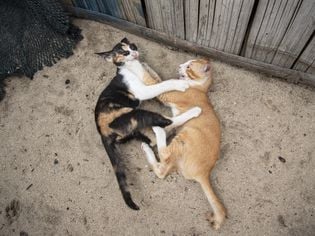
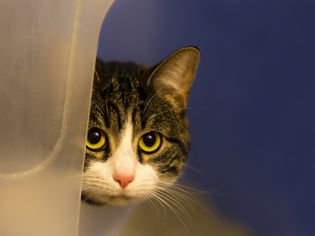

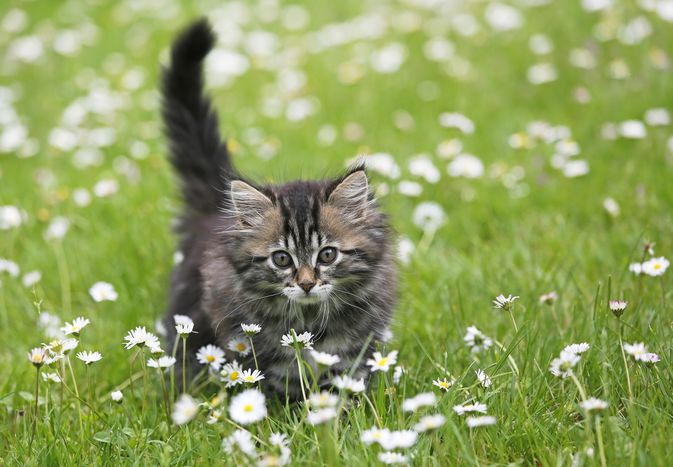
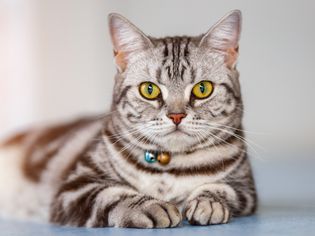
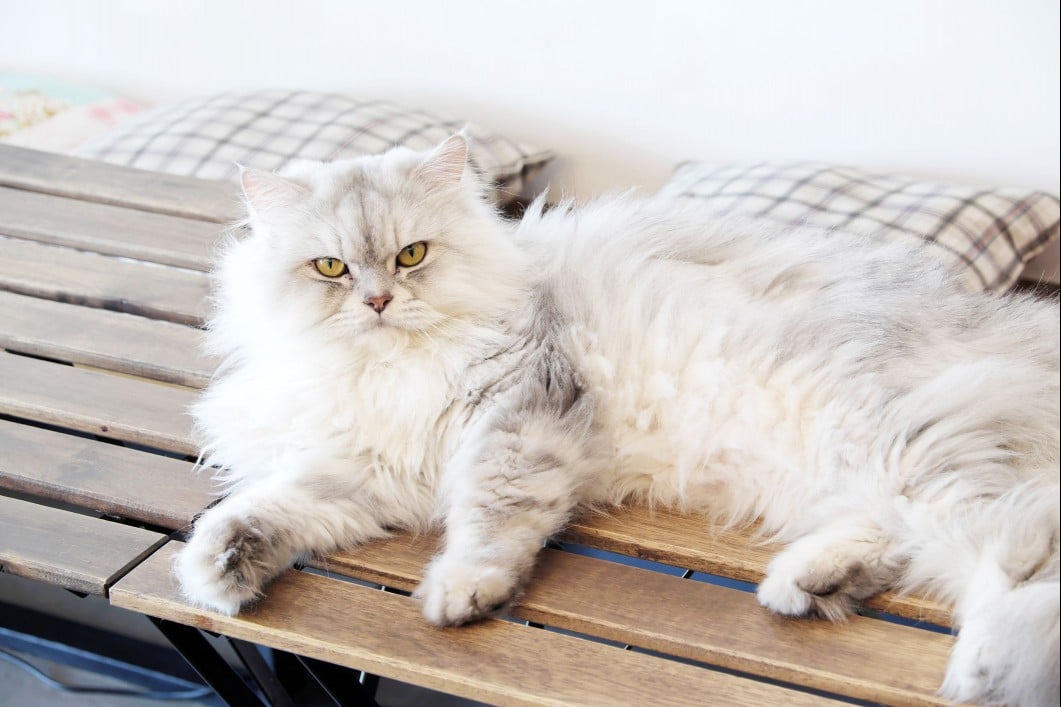

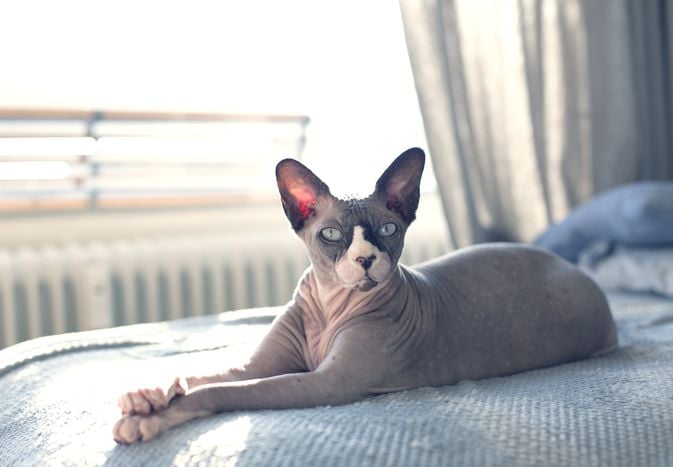
Comments on " What Your Cat’s Meow Tells You About Their Mood" :